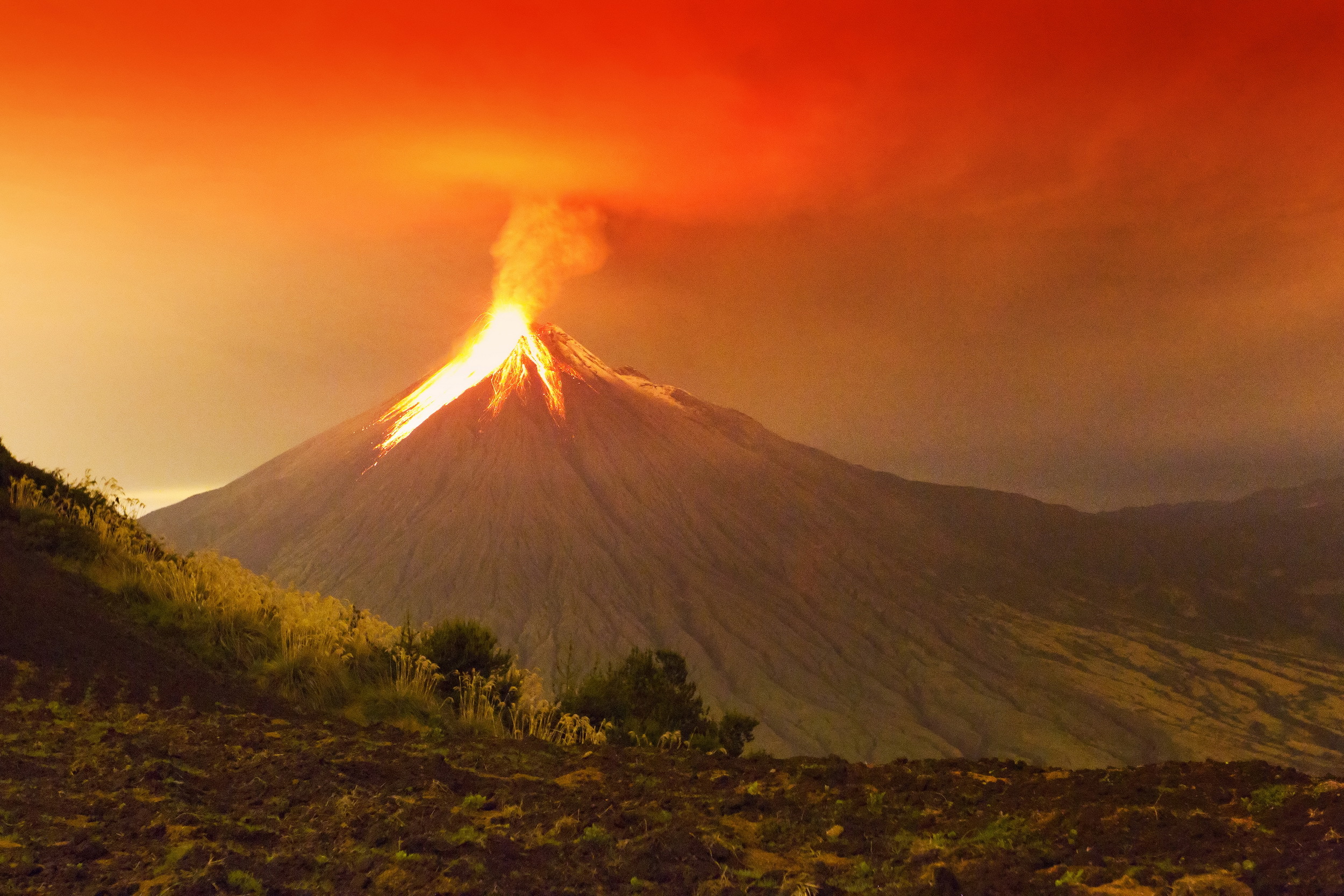
Ancient global warming event was caused by volcanic eruptions
Early Earth was volatile, with shifting continents, mass extinction events, and a diverse spawning of wildlife, flora, and fauna. The Eocene Epoch, the second epoch in the Cenozoic era, is considered one of the warmest periods recorded, and recent research may have discovered what caused the mass global warming event during that time.
The Paleocene-Eocene Thermal Maximum (PETM) was a natural global warming event that took place 56 million years ago. Previously, scientists believed the mass warming during the Eocene Epoch was caused by the release of carbon from sedimentary reservoirs like frozen methane, thereby spiking carbon emissions in the atmosphere. The increased carbon emissions caused a wide scale warming effect where temperatures rose by five degrees Celsius.
Presently global temperatures have risen almost two degrees since the early 1800s. If carbon emissions go unchecked, Earth could face a similar mass global warming event like the PETM by next century.
But a national team of researchers recently discovered that the PETM was actually caused by volcanic activity, when Greenland separated from Europe during the opening of the Atlantic Ocean.
“By combining geochemical measurements and a global climate model that my group has been developing for over a decade, we have shown that this event was caused almost entirely by carbon emissions from the Earth’s interior,” said Andy Ridgwell, professor of Earth Sciences at University of California, Riverside and one of the collaborators on the project.
The researchers came to this conclusion by studying the remains of ancient foraminifera, which are tiny marine creatures with shells that can serve as time capsules and show what the environmental conditions were like when they were alive. The researchers separated different atomic masses in the foraminifera shells and saw how the pH levels in seawater changed during the PETM.
The Eocene warming did not cause any mass extinctions, which is partly why scientists are so interested in studying the Earth during that period. Understanding how the environment changed and its effect on plantlife and animals could help scientists accurately predict the fallout from climate change as man-made carbon emissions increase.
“Studying the PETM helps us understand the mechanisms that aid recovery from global warming, thereby helping researchers reduce the uncertainties surrounding the Earth’s response to global climate change,” Ridgewell added.
—
By Kay Vandette, Earth.com Staff Writer












